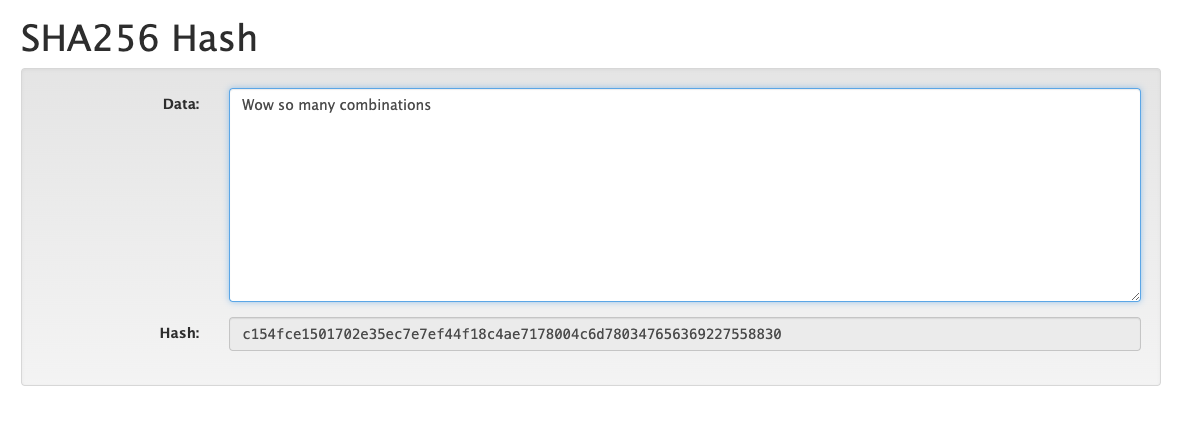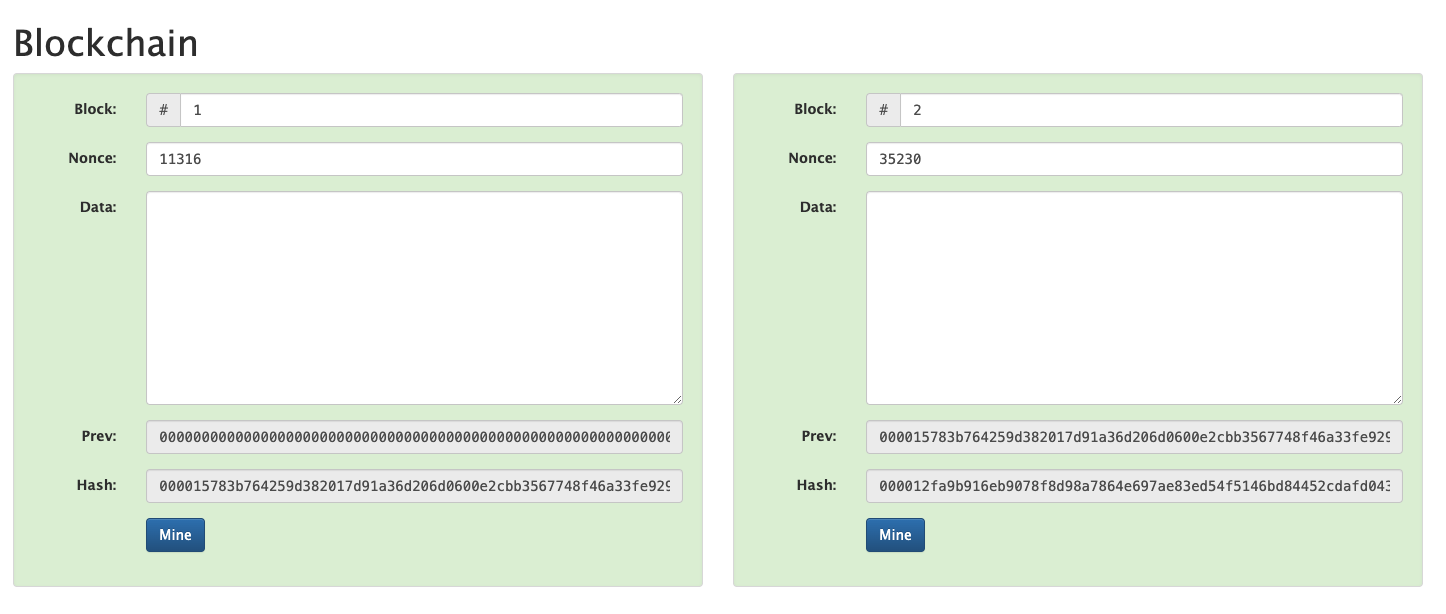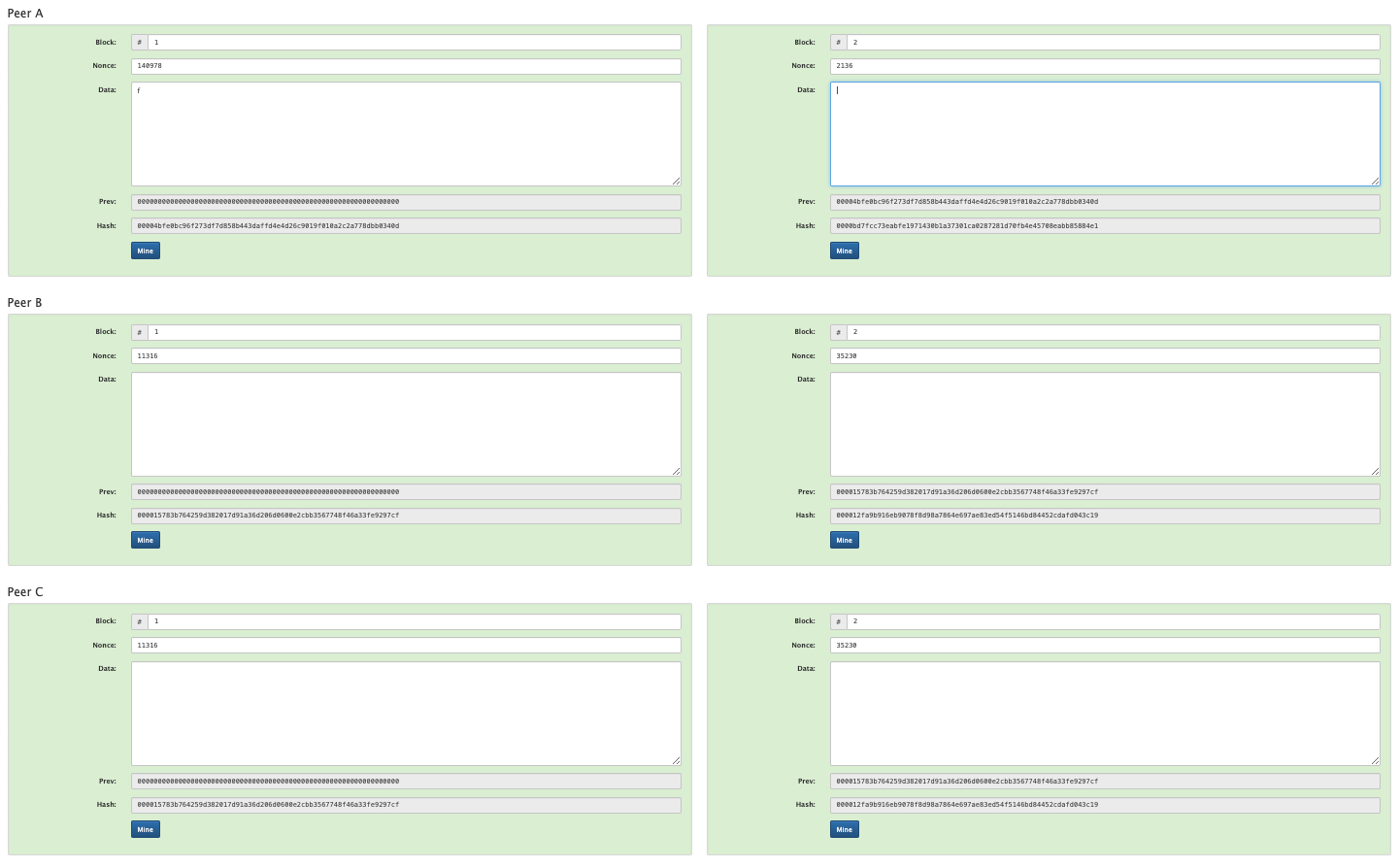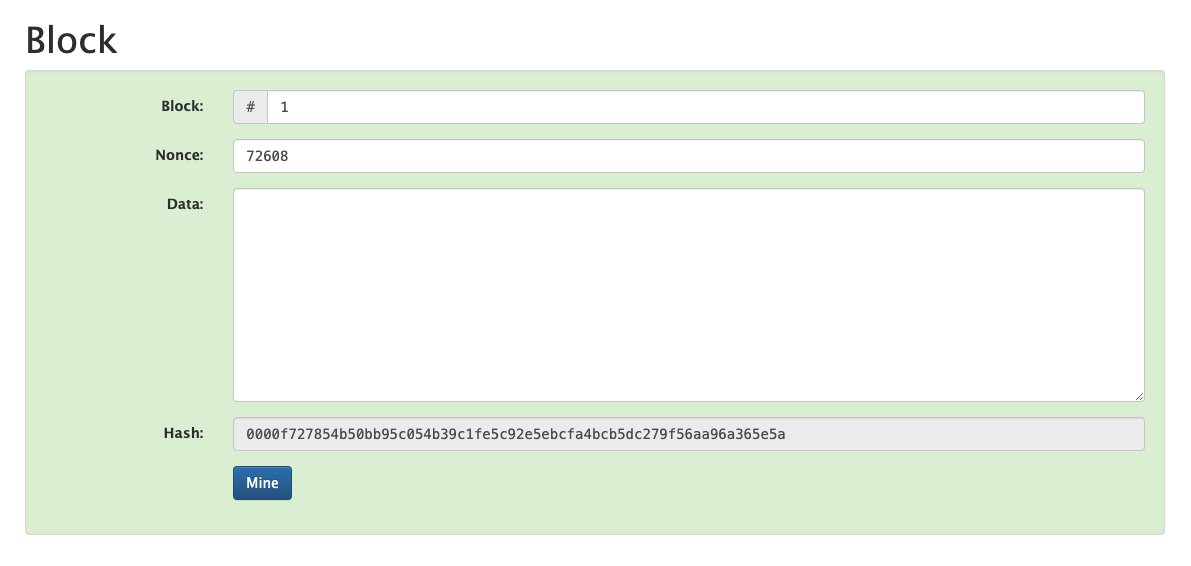What is a Blockchain?
Resources Used:TLDR : Imagine a blockchain is like an append only, singly linked-list that anyone in the world can see.
Key Concepts
1
Hash
Hash
A hash is a fingerprint of some digital data.Regardless if the input data is 1 char or an entire library, a unique hash will be generated. SHA-256 (Secure Hash Algorithm 256-bit) produces a fixed-size 256-bit hash value.According to Bitbo, there is reportedly 200 million active Bitcoin addresses.The chances you randomly guess/brute force a seed phrase is about:TLDR: The odds someone hacks your Bitcoin address through guessing/brute force is essentially 0.

2
3
Blockchain
Blockchain
A chain of blocks that are cryptographically linked together.Blockchains are “immutable” because changing ANY data in a block will:- Change the hash of that block
- Invalidate all subsequent blocks
- Each block can hold ~4,000 transactions (1MB limit)

4
Distributed System
Distributed System
The network is distributed, meaning:- Anyone can see the blockchain
- The network accepts the majority consensus
- The longest chain is typically considered valid



